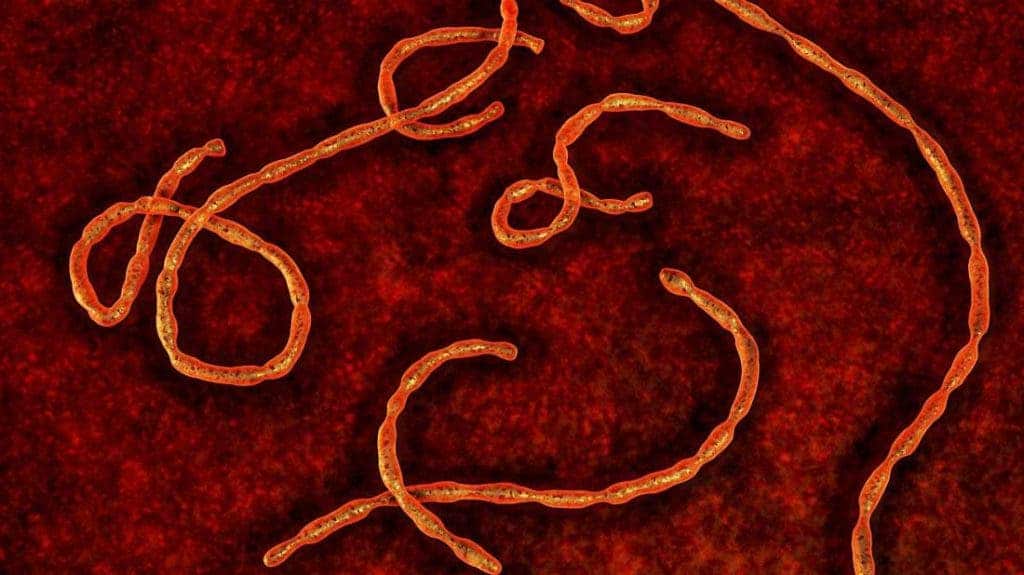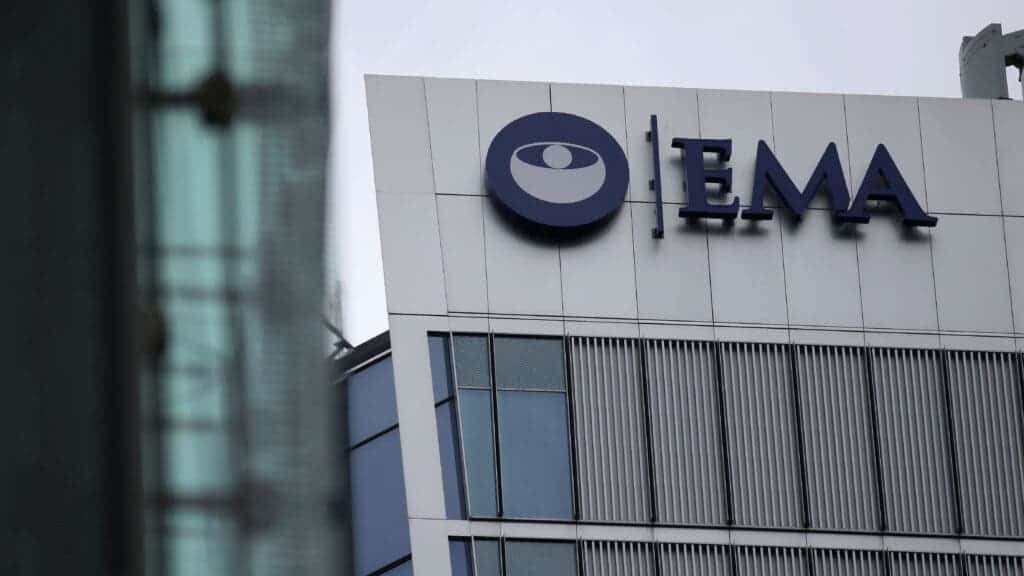
The human medicines committee (CHMP) of the European Medicines Agency (EMA) has recommended granting a conditional marketing authorisation in the European Union for Ervebo (rVSVΔG-ZEBOV-GP), the first vaccine to protect individuals (18 years and older) from Ebola virus infection.

The Ebola virus causes hemorrhagic fever and spreads from person to person through direct contact with body fluids. Death rates in patients who have been infected with the virus have varied from 25% to 90% in past outbreaks. The largest outbreak to date occurred in West Africa in 2014 to 2016 with over 11,000 deaths. The current outbreak in the Democratic Republic of Congo (DRC), caused by Ebola Zaire, has shown case fatality rates around 67%.
Over 3,000 people have been infected with the Ebola virus during the ongoing outbreak, which was declared a public health emergency of international concern by the World Health Organization (WHO) in July 2019. There are currently no licensed treatments for Ebola, but scientists announced in August that they were a step closer to being able to treat Ebola after two experimental drugs showed survival rates of as much as 90% in a clinical trial in Congo.
“This is an important step towards relieving the burden of this deadly disease,” said Guido Rasi, EMA’s Executive Director. “The CHMP’s recommendation is the result of many years of collaborative global efforts to find and develop new medicines and vaccines against Ebola. Public health authorities in countries affected by Ebola need safe and efficacious medicines to be able to respond effectively to outbreaks and save lives.”
The clinical development of Ervebo was initiated in response to the 2014-2016 Ebola outbreak in cooperation with public health stakeholders, including national institutes of health, ministries of health in countries such as Guinea and DRC, WHO, the US Centers for Disease Control and Prevention, the Public Health Agency of Canada, Médecins Sans Frontières and others.
Ervebo has been tested in approximately 16,000 individuals involved in several clinical studies in Africa, Europe and the United States where it has been proven to be safe, immunogenic (i.e. able to make the immune system respond to the virus) and effective against the Zaire Ebola virus that circulated in West Africa in 2014-2016. Preliminary data suggest that it is effective in the current outbreak in DRC. Additional efficacy and safety data are being collected through the Expanded Access Protocol and should be included in post-marketing safety reports, which are continuously reviewed by EMA.
Ervebo was supported through EMA’s PRIority MEdicines (PRIME) scheme, which provides early and enhanced scientific and regulatory support to medicines that have a particular potential to address patients’ unmet medical needs. Ervebo was granted eligibility to PRIME in June 2016 for active immunisation against Ebola.
The US Food and Drug Administration (FDA) fast-tracked the vaccine’s application for approval in September and decision is expected in March 2020. Seven other experimental Ebola vaccines are at earlier stages of development.
The Ebola outbreak in the eastern Democratic Republic of the Congo (DRC) is finally waning. Since the outbreak began in August 2018, almost 3,250 people have been infected and more than 2,150 have died. But the decrease in infections is not a reason to relax efforts to contain the virus, according to WHO director-general Tedros Adhanom Ghebreyesus. Health authorities in Kinshasa said last week they planned to introduce an experimental second Ebola vaccine, developed by drugmaker Johnson & Johnson, in the country’s eastern provinces in November.
Meanwhile, Japan imported the Ebola virus and four other deadly pathogens (Marburg and Lassa viruses and viruses that cause South American hemorrhagic fever and Crimean-Congo hemorrhagic fever) to prepare diagnostic tests for the 2020 Olympics, according to a report in Nature.






